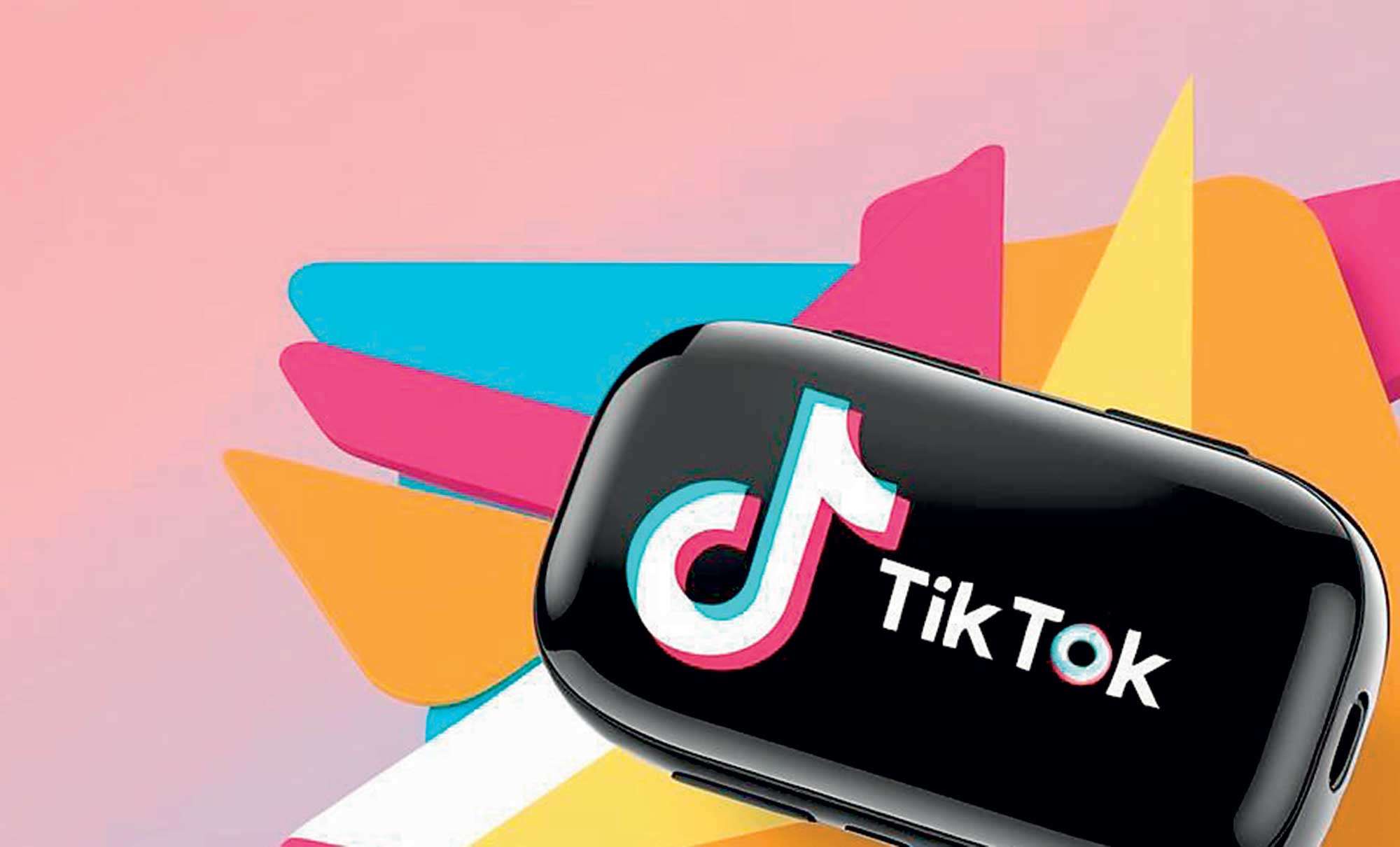
It is important to note that the goal of AI in mental health care is not to eradicate human practitioners altogether, but rather to enhance the quality, accessibility, and affordability of these services through human-computer collaboration
 Does going to therapy feel like yet another task on a never-ending to-do list? Are inconvenient timings and a limited practitioner pool pushing it further and further down your list of priorities?
Does going to therapy feel like yet another task on a never-ending to-do list? Are inconvenient timings and a limited practitioner pool pushing it further and further down your list of priorities?
Here’s where tele-therapy and AI self-help tools may make all the difference!
As both, access to technology and awareness of mental health conditions increase, so does the demand for accessible mental health care. In order to meet this growing demand, many practitioners now offer internet-based therapies as an alternative for in-person sessions. An assessment carried out by BetterHelp, a leading tele-therapy platform, found a 125% increase in the percentage of facilities providing online mental health services between 2019 and 2022. This rapid increase was largely attributed to the Covid-19 pandemic limiting access to in-person healthcare, however other factors such as convenience and cost-effectiveness have kept the demand for remote healthcare services high to date. BetterHelp’s research also found that tele-therapy was most attractive to young adults, with 66% of individuals between the ages of 18-29 saying that they would use tele-health services for their mental healthcare.
The belief that tele-therapy is less effective than in-person therapy is a common misconception. Not only do a plethora of studies show equal efficacy across both modes of delivery, the removal of geographical barriers in the case of online therapy actually renders it more effective in certain contexts. Furthermore, tools such as digital symptom trackers allow clients to report any changes to their condition in real time, which in turn allows practitioners to adjust treatment plans at a faster rate than if they were only communicating with their client in-person on a weekly basis.
In the same vein, the resurgence of AI in recent times due to groundbreaking improvements in machine learning has interesting implications for the future of mental health care. More and more apps are being introduced to the market that use AI to create chatbots and virtual assistants that can offer immediate assistance with mental health needs. As AI develops, these tools promise to become more and more adept at identifying the signs and symptoms of different mental health conditions and developing tailored treatment plans. These apps may include symptom trackers and reminders for medications and/or other self-care techniques, adding to their efficacy. AI tools are also able to sift through enormous quantities of information at a much faster rate than humans, allowing for faster pattern recognition and the creation of more nuanced treatment plans.
It is important to note that the goal of AI in mental health care is not to eradicate human practitioners altogether, but rather to enhance the quality, accessibility, and affordability of these services through human-computer collaboration. Additionally, clients must of course maintain proper internet etiquette when using tele-therapy and AI self-help platforms in order to maintain the safety and security of their sensitive data.
In the hustle and bustle of our daily lives, we often do not prioritize our own wellbeing. Luckily, online platforms such as BetterHelp, Wysa and Headspace are becoming more and more readily available, allowing many of us to take the first step towards improving our mental
wellbeing today.











